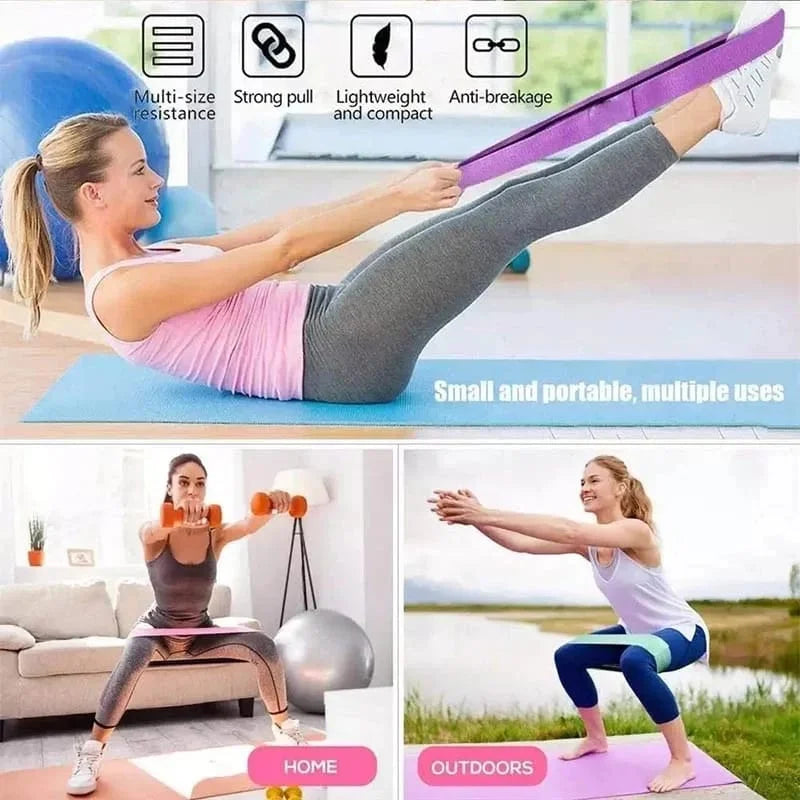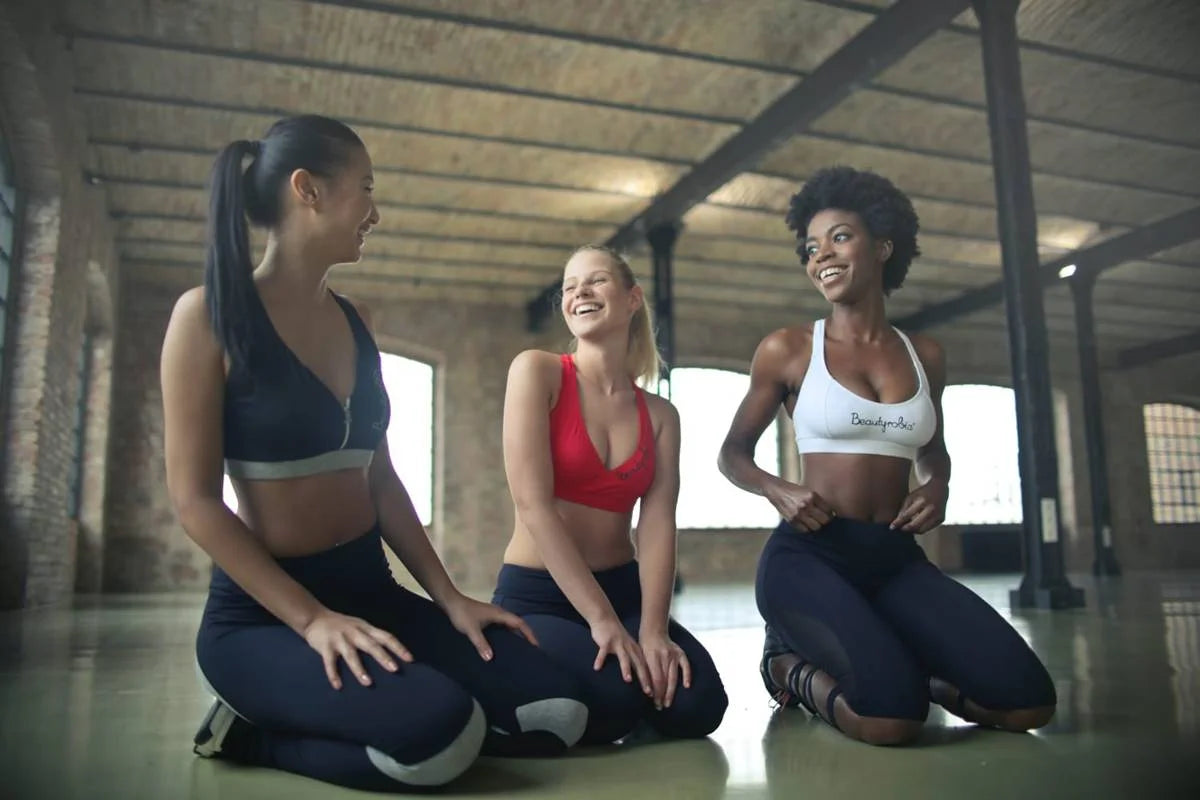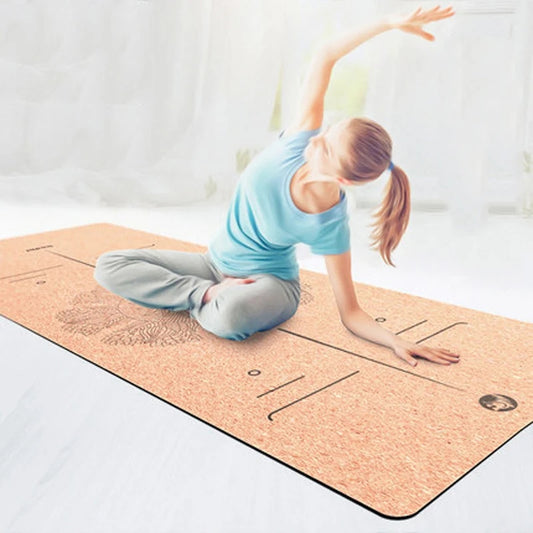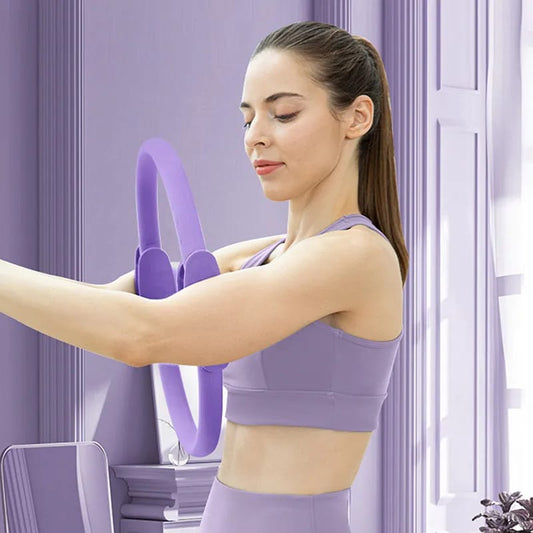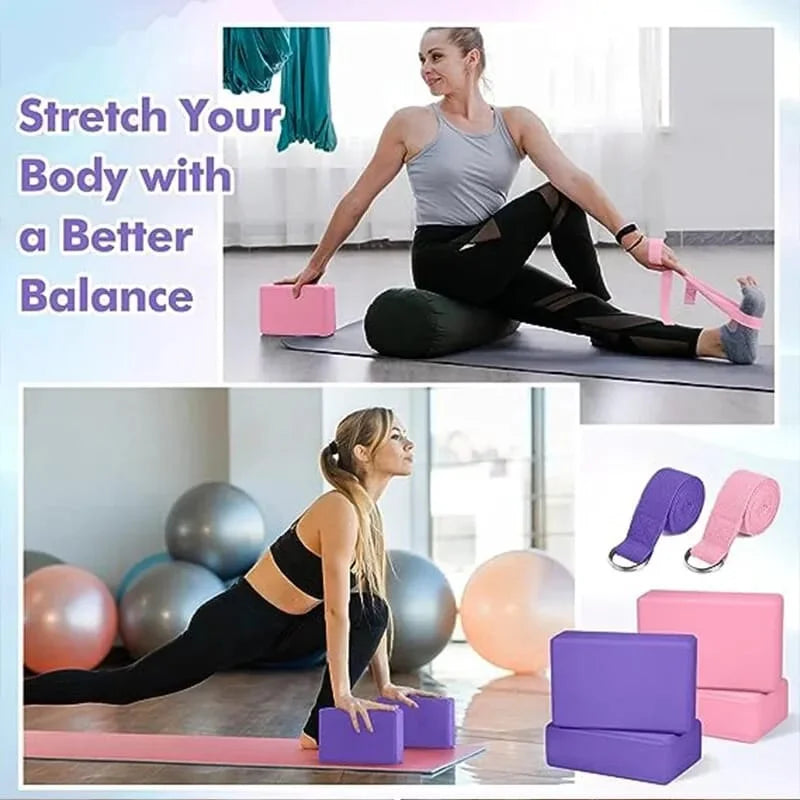Chaturanga Dandasana, also known as Four-Limbed Staff Pose, is a foundational pose in many yoga sequences, particularly in Vinyasa and Ashtanga yoga.
This pose builds strength in the arms, shoulders, core, and legs. It requires proper alignment and technique to prevent injury and to gain maximum benefits.
How to Perform Chaturanga Dandasana (Four-Limbed Staff Pose)
-
Start in Plank Pose:
- Begin in Plank Pose with your wrists directly under your shoulders, your body in a straight line from head to heels, and your core engaged.
-
Shift Forward:
- Shift your weight slightly forward onto your toes to prepare for lowering down.
-
Lower Down:
- As you exhale, bend your elbows and lower your body down, keeping your elbows close to your ribs. Your elbows should form a 90-degree angle.
- Keep your body in a straight line, with your shoulders no lower than your elbows.
-
Engage Your Core:
- Engage your core muscles to support your lower back and maintain a straight line from your head to your heels.
-
Hold the Pose:
- Hold the pose for a moment, maintaining your alignment and breathing steadily.
-
Transition:
- You can transition into Upward-Facing Dog (Urdhva Mukha Svanasana) by pressing through your hands, straightening your arms, and lifting your chest forward and up while rolling over the tops of your feet.
- Alternatively, you can lower all the way to the floor and rest before moving into another pose.
Tips for Chaturanga Dandasana
- Proper Alignment: Ensure your shoulders are no lower than your elbows to avoid strain and injury.
- Core Engagement: Keep your core muscles engaged to maintain a straight line and protect your lower back.
- Elbows Close: Keep your elbows close to your body to engage your triceps and chest muscles effectively.
- Practice Modifications: If you're building strength, you can practice Chaturanga with your knees on the floor, maintaining the same alignment in your upper body.
- Use Props: Placing a block under your chest can help you maintain proper alignment and gradually build strength.
Benefits of Chaturanga Dandasana
- Strengthens the Upper Body: Builds strength in the arms, shoulders, and chest.
- Engages Core Muscles: Strengthens the core muscles, including the abdominals and lower back.
- Improves Posture: Encourages proper alignment and posture through core engagement and shoulder stabilization.
- Prepares for Advanced Poses: Serves as a foundational pose for more advanced arm balances and inversions.
Common Mistakes
- Dropping the Shoulders: Allowing the shoulders to drop lower than the elbows can lead to strain and injury.
- Sagging Hips: Letting the hips sag or lift too high disrupts the alignment and reduces the effectiveness of the pose.
- Flared Elbows: Allowing the elbows to flare out puts unnecessary strain on the shoulders.
Contraindications
- Shoulder Injuries: Avoid Chaturanga if you have any shoulder injuries or conditions.
- Wrist Pain: If you experience wrist pain, consider using modifications or props to reduce strain.
Chaturanga Dandasana is a challenging yet rewarding pose that builds strength and stability. With consistent practice and attention to alignment, you can safely and effectively incorporate this pose into your yoga routine.



